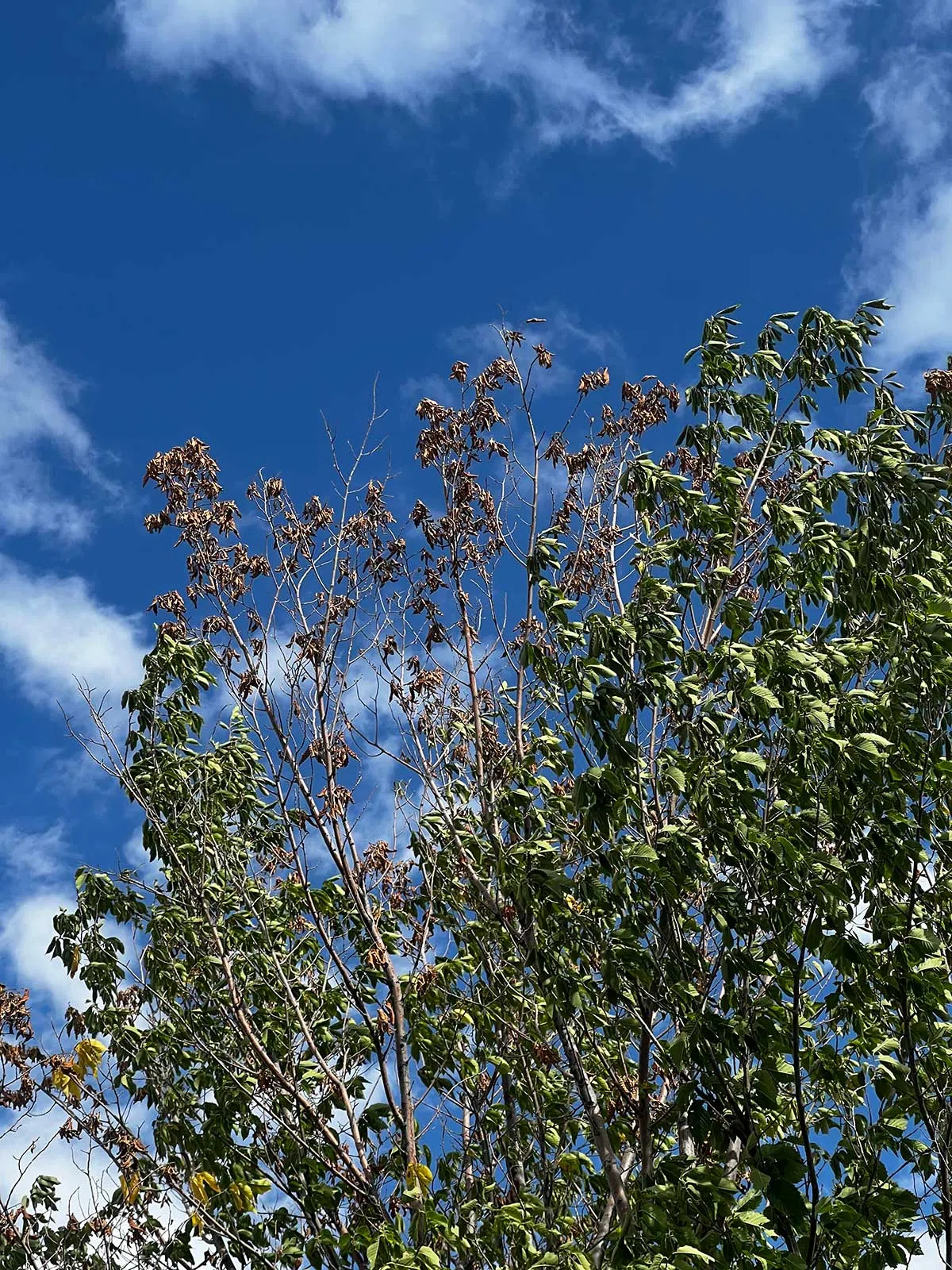
Elm tree with disease at top of tree. Courtesy: City of Edmonton
The City of Edmonton has confirmed an elm tree in the Alberta Avenue neighborhood has tested positive for Dutch elm disease. This is the sixth tree confirmed to have Dutch elm disease since it was first discovered in Edmonton in August 2024.
The infected tree is located along the boulevard and other elm trees within 20 metres of the infected tree will be removed as part of ongoing efforts to contain the spread of the deadly fungal disease.
The city said additional testing of trees in the vicinity is underway.
“This additional confirmed case does not change our approach as we continue assessments, removals and testing in coordination with the province and the Canadian Food Inspection Agency,” said Mark Beare, Director of Infrastructure Operations for the city of Edmonton. “While any positive test is disappointing, we remain confident that this collaborative approach is helping to limit the spread of the disease.”
Elm trees constitute 22 per cent of the city’s Open Space and Boulevard Tree Inventory, totaling approximately 90,000 elm trees.
Dutch elm disease is a contagious fungal infection that poses a major risk to other elm trees in the vicinity.
An ongoing diligent pruning program to remove the deadwood in elms is necessary to reduce the habitat of the beetles which may spread the fungus.
Enhanced monitoring and assessments of trees in a one-kilometre radius of the infected trees are in place.
The previous five positive cases of Dutch elm disease were located in the Killarney and Yellowhead Corridor East neighbourhoods.
The sixth tree was identified as presenting signs of the disease by city crews while conducting a planned visual assessment of trees in the Alberta Avenue neighbourhood.
Staff with the City’s Integrated Pest Management Lab submitted samples from the tree to the provincial lab for testing and a positive result was received from the Government of Alberta on July 16, 2025.
Some of the ways to help stop the spread of Dutch elm disease include not bringing firewood in from another jurisdiction or “burn it where you buy it.”
Prune elm trees between October and March to remove dead, dying and diseased branches and if you see signs of Dutch elm disease, call 311.
Signs of Dutch elm disease include:
- Brown staining in the sapwood that can be seen by removing the bark of infected twigs.
- From the latter half of June to the middle of July, the leaves on one or more branches may wilt, droop and curl. The leaves then turn brown and usually remain on the tree.
- If the tree is infected later in the summer, the leaves will droop, turn yellow and drop prematurely. Late season infections are easily confused with normal seasonal changes.
- Beetle emergence holes, the size of the diameter of a pencil lead, and/or sawdust on the bark, indicate burrowing beetles.
More information on Dutch elm disease is available here.













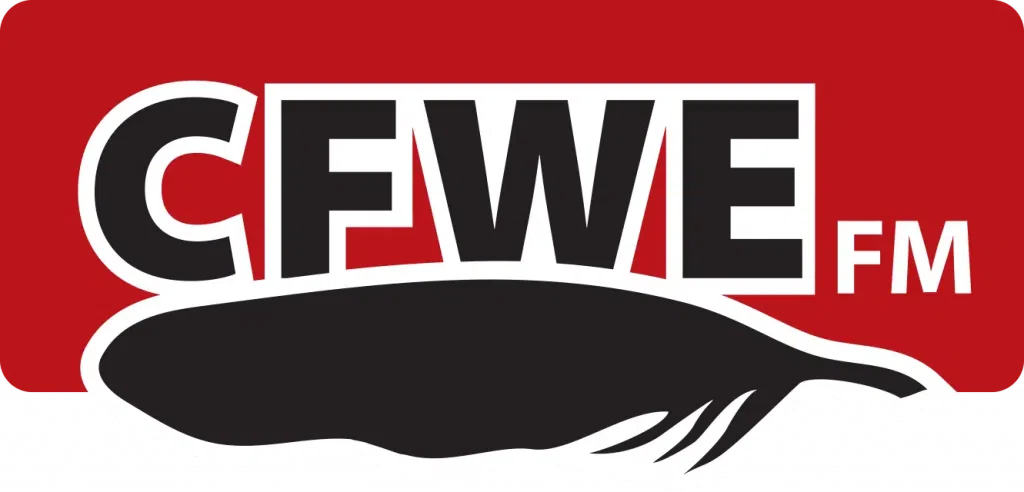
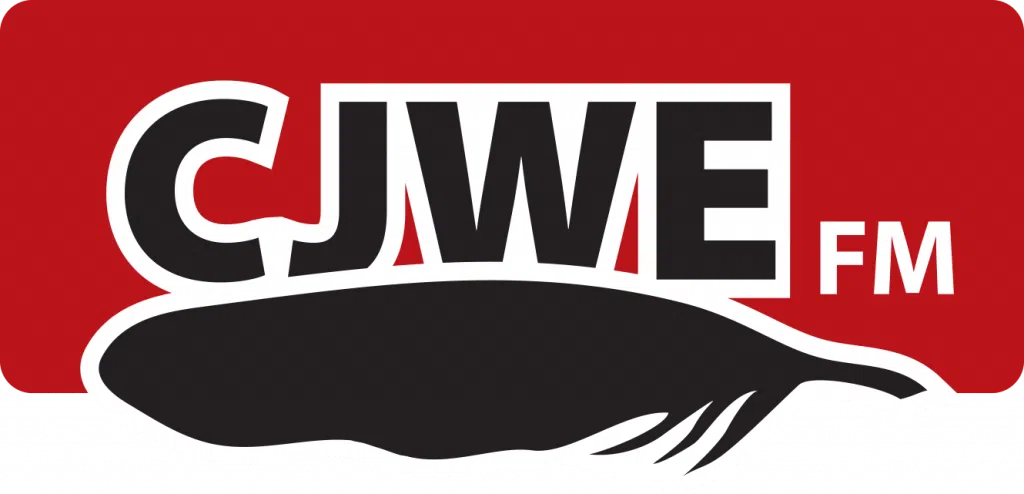
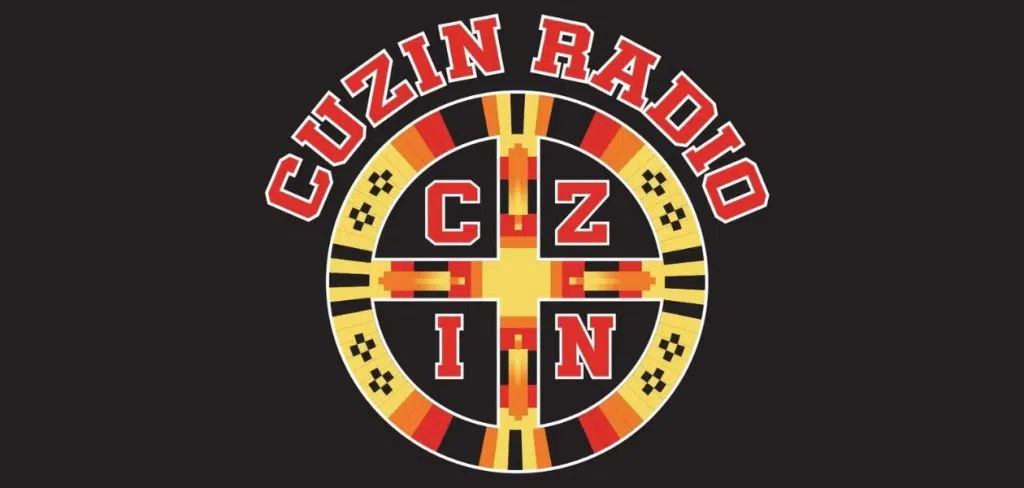
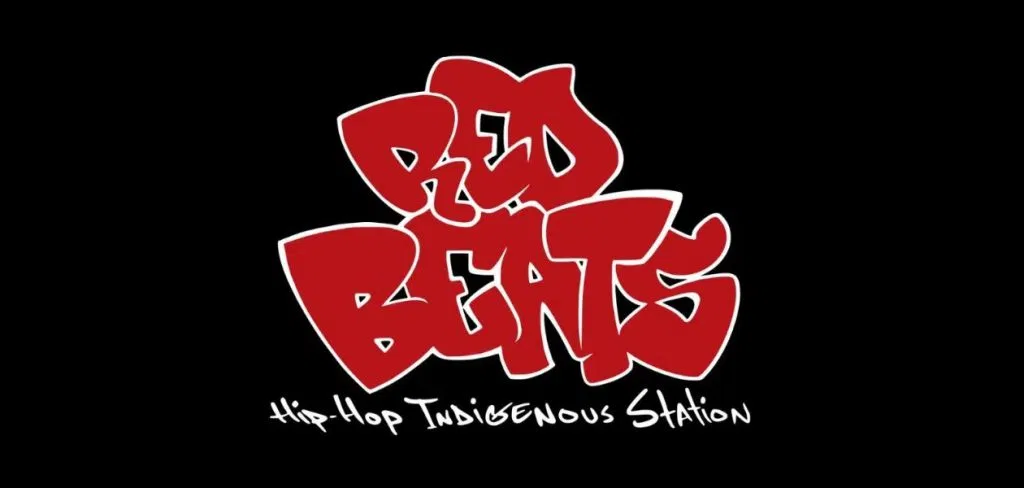
Comments